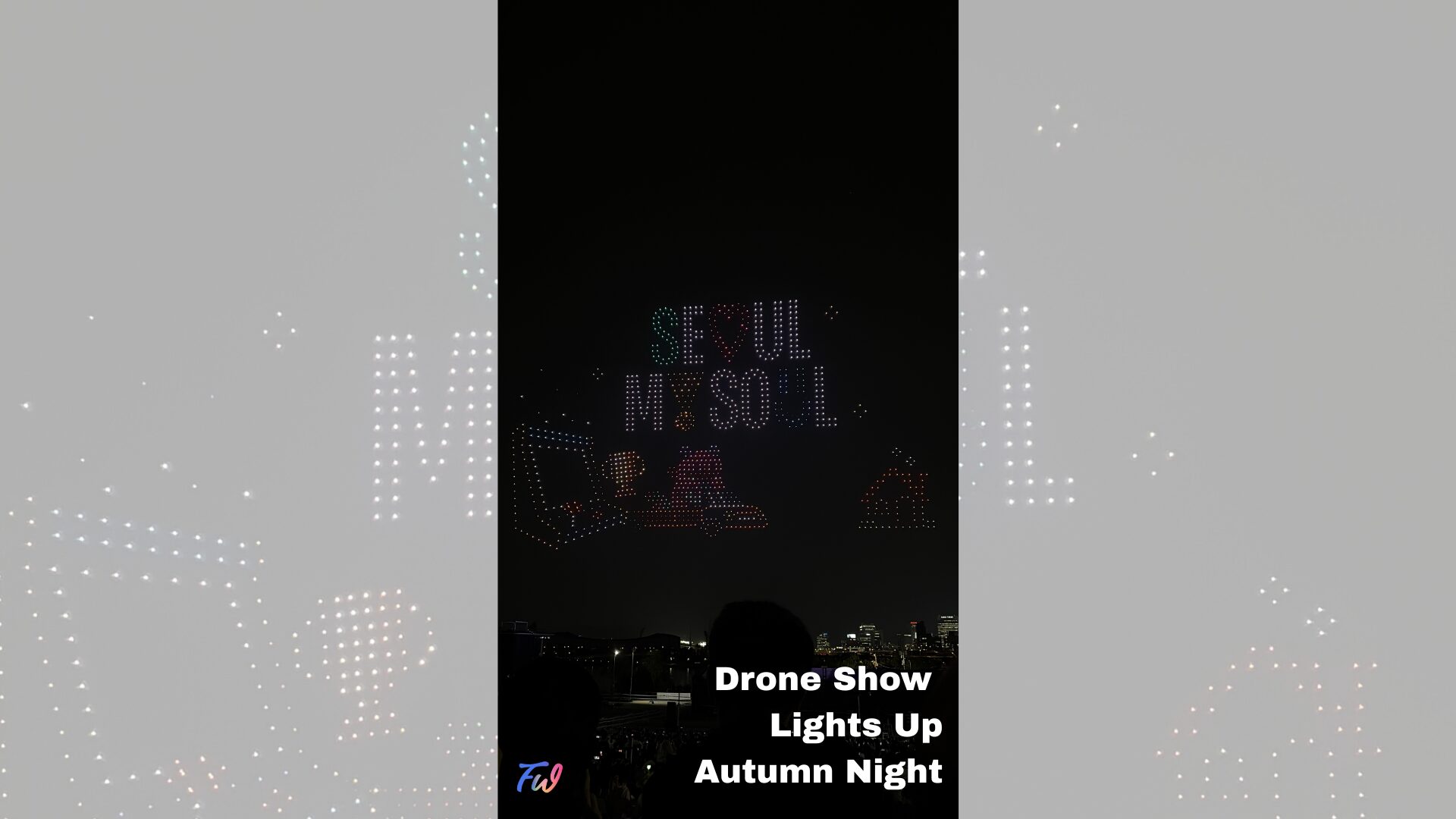“Proving that the most Korean content is the most global,” an in-depth analysis of the smash hit ‘Demon Hunters’ that topped the charts in 41 countries.
In June 2025, the world was simultaneously captivated by the on-stage performances of K-pop girl group ‘Huntrix’ and their behind-the-scenes battles against demons. The Netflix animated film, ‘K-Pop Demon Hunters’, wrote a new chapter in K-content history by soaring to #1 in 41 countries immediately after its release. What is the secret to the success of this strange and fascinating world, where K-pop meets Korean shamanism, and a modern idol system collides with ancient traditional weapons? It’s not just because it’s new. Behind it lies a meticulously calculated formula for K-content success.
From ‘Norigae’ on Stage Outfits to a ‘Sain-geom’ in Hand: Building a World with Symbols
The charm of ‘Demon Hunters’ goes beyond simply juxtaposing two different elements. The traditional Korean items in the film serve clear functions within the narrative, adding profound depth to its world.
The norigae, a traditional accessory hanging from the members’ dazzling stage outfits, are not mere decorations. They function as talismans to ward off demons—a clever device where a K-pop ‘concept’ becomes a functional ‘ability’ in the story’s universe. The sword the protagonists use to fight demons is a Sain-geom (Four Tigers Sword). This directly references its historical background as a sword forged at the Hour of the Tiger, on the Day of the Tiger, in the Month of the Tiger, during the Year of the Tiger, specifically to vanquish evil spirits. This naturally bestows upon the K-pop idols the sacred duty of a guardian protecting the world from demons.
“The main villain, ‘Gwima’, and his minions are modern reinterpretations of figures from traditional Korean folklore, like the Dokkaebi (Korean goblins) and Jeoseung-saja (grim reapers),” says cultural critic Kim Sung-yoon. “This provides a visual distinction from the demons of Western fantasy and signals the birth of a new ‘K-Demon,’ following in the footsteps of the ‘K-Zombie’ and ‘K-Creature’ phenomena.”

The Climax at the Awards Show: Where K-Pop and K-Action Become One
The story’s climax unfolds on the stage of a major music awards show. The moment their new song begins, demons reveal themselves behind the glamorous stage lights. But ‘Huntrix’ doesn’t flinch. Their flashy dance break transforms into martial arts to subdue the demons, and their microphones become powerful weapons.
This unique action sequence, where K-pop’s dynamic choreography merges with Korean martial arts, is cited as a signature scene that proves why ‘Demon Hunters’ is so special. In an interview, director Choi Ji-hoon stated, “Just as K-pop idols draw strength from their fans’ love, we wanted to fuse the two worlds by having the Demon Hunters draw their power from traditional Korean beliefs and symbols.”

The ‘Teddy’ and ‘TWICE’ Touch: When Music is the Narrative
The final touch on the film’s high quality is undoubtedly its music. Teddy, the legendary K-pop hitmaker, served as the executive music producer, and the real-life girl group TWICE participated in the songs for the fictional group ‘Huntrix’. The music transcends being mere background noise; it drives the characters’ emotional arcs and maximizes the impact of the action sequences. A lyrical ballad that plays during a scene where the main character, Rumi, agonizes over her identity is said to have moved fans worldwide to tears.

“We Want Merch!”: The Fan Craze That Sold Out a National Museum
The ‘Demon Hunters’ syndrome proved its feverish popularity through an unprecedented “merchandise crisis.” Immediately after the show’s release, official merchandise was nearly impossible to find, despite the explosive reaction from the fandom. With only a few basic t-shirts and hats available, fans took to social media, pleading, “Please, just sell us some merch!” The frenzy intensified when it was revealed that a plushie of ‘Derpy’, the beloved blue tiger character, was a promotional-only item given exclusively to staff.
This “merchandise drought” led to an unexpected phenomenon. Fans, unable to acquire official goods, flocked to the National Museum of Korea. The ‘Magpie and Tiger Badge’ (₩14,900) sold out because it resembled the show’s tiger and magpie characters, while the ‘Black Hat String Ballpoint Pen’ (₩13,000) sold out for reminding fans of the traditional gat hats worn in the series. The fact that museum goods with no direct connection to the show were sold out as ‘substitutes’ became a symbolic event demonstrating the immense influence of ‘Demon Hunters.’
In response to the relentless demand, Netflix finally expanded its official merchandise line. The official Netflix store launched pre-orders for the ‘Derpy Tiger Plush’, and despite a steep price of ₩74,000, orders flooded in instantly. With delivery scheduled for mid-September, fans are still waiting to get their hands on a ‘Derpy’. Not stopping there, fans are strongly demanding a wider variety of products, including posters, high-quality figures, and replicas of the traditional weapons like the ‘Sain-geom’. The new horizon that ‘Demon Hunters’ has opened for K-content is only just beginning to expand in response to the passionate calls of its fans.
Photo Source: Official Website (NETFLIX)





